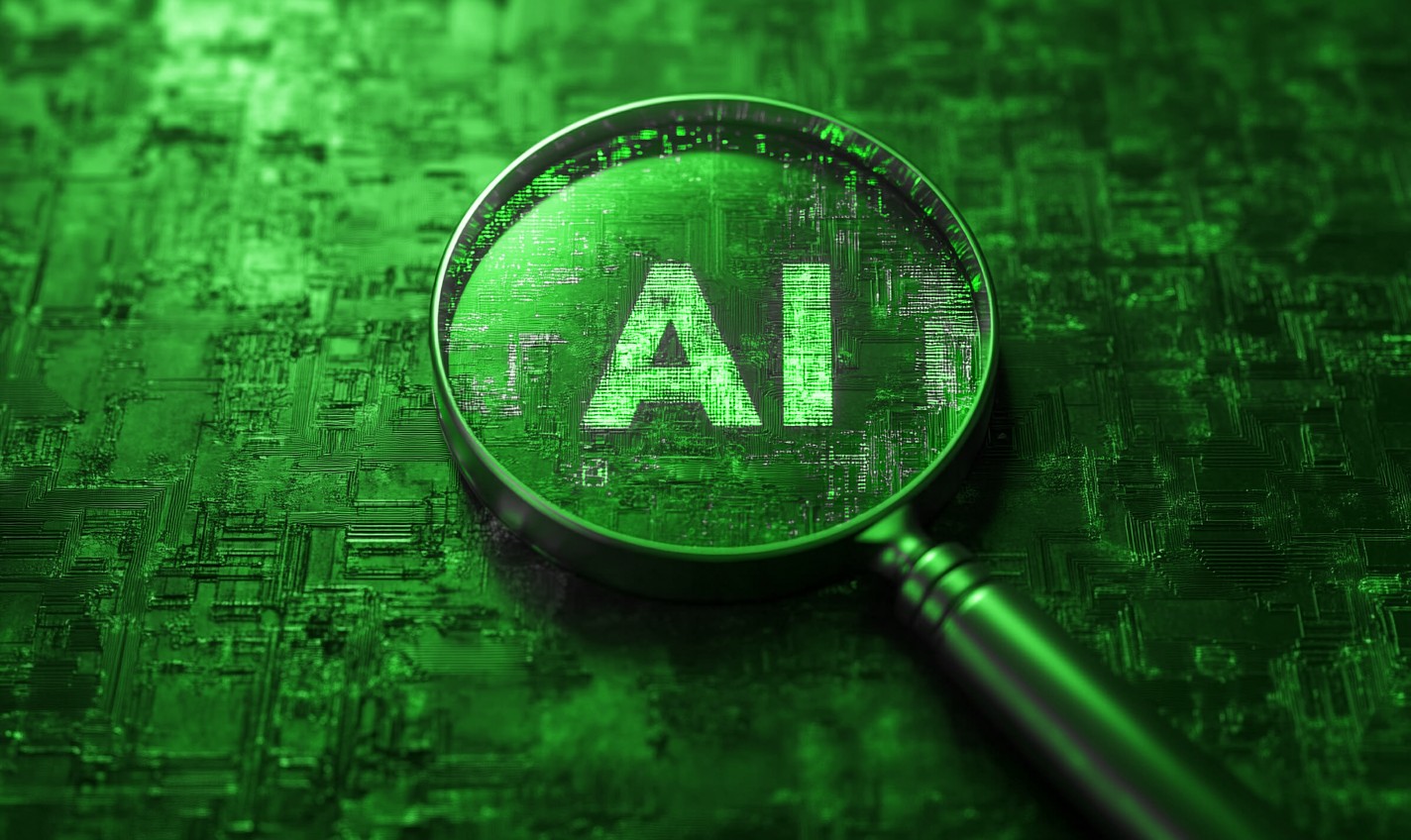Artificial intelligence (AI) is making a tremendous impact in many sectors, and many retailers are understandably eager to explore its potential. Machine learning is a subset of AI associated with letting algorithms learn without explicit programming. Here are six advantages that retail brands could experience by tapping into these technologies.
1. Give Customers More Satisfying Purchases
Most people have experienced some bouts of buyers’ remorse after purchases. Some consumers feel so frustrated with whatever they bought that they end up having bad feelings about the entire brand.
Sephora wants to reduce that possibility by using AI to suggest what to buy. The company installed a smart mirror in its Spanish flagship store that analyzes factors like age, gender and clothing. The app also assesses local factors, such as trending items and the season.
People then receive recommendations. They also get a code to scan with their smartphones to find those products in the store or buy them on the website later.
2. Prevent Incidences of Shoplifting
Companies are also eager to use AI and machine learning to stop shoplifters. A retail security report showed that the average dollar amount lost per incident was $546.67 in the fiscal year 2018. Could innovative technology discourage theft and make it easier for security personnel to deter offenders?
Some of the options on the market work by evaluating people’s body language and other characteristics. They then alert store representatives to possible issues. One product received training from 100,000 hours of surveillance data, and it looks for more than 100 behavioral aspects.
These AI and machine learning-based theft detection systems aren’t perfect, though. Walmart employees created a video to show how the technology used by the brand failed to stop more than $100 worth of merchandise from bypassing the self-checkout scanners and bagging areas.
3. Provide Enhanced Personalization
People have a growing number of retail options that could meet their needs. That’s why it’s increasingly important for brands to do what they can to stand and prove that they understand their customers. AI and machine learning could help stores personalize things like their offers, layouts and loyalty programs.
The personalization possibilities also extend to the e-commerce realm. If a company sends emails or gives customers push notifications through an app, smart technology could improve the content’s relevance, driving sales in the process.
Well-trained algorithms can also determine which aspects of the shopping experience resonate most with people, and which they could do without. Then, if retailers are thinking about making changes, they can look at the conclusions made by AI and machine learning to determine the likely outcomes.
4. Achieve a Better Understanding of In-Store Needs
The personnel at many stores respond to changes through visual and audible cues. For example, a worker might notice an above-average number of people shopping in the electronics section and suggest that more colleagues come to staff that section. Or, a cashier may push a button that plays a recording to ask that all available workers come to the checkouts to help deal with a backup.
Those methods work, but AI and machine learning could be even more effective by picking up on things that humans don’t immediately notice The technology examines a video feed taken from store cameras.
For example, smart algorithms could detect a person’s expression, giving insights into whether they feel frustrated, happy or somewhere in between. AI could also see how many people stop at a store display and for how long it captures their attention.
Intelligent technologies can help store employees respond faster to fluctuating conditions. That’s crucial since people are more likely to get fed up and even leave if they don’t find what they need or do not feel that workers are available to help them.
5. Keep Frequently Desired Items in Stock
It’s understandably frustrating to go into a store and discover that an item someone can’t wait to buy is out of stock and may not become available again for days or weeks. Retailers are interested in using AI and machine learning to reduce the likelihood of that situation happening, resulting in more savings and happy customers.
AI-powered systems can give low-stock warnings before they happen, letting retail managers act before things sell out. They could even predict what consumers will want before those people express the intention to buy.
Artificial intelligence is also useful due to how it could spot the trends behind increased buying behavior. What factors caused a lawn furniture set to be one of the hottest items in a home goods shop during a particular week but not before? Did weather patterns, a TV show feature or an influencer make them more interested in it than usual?
6. Offer New Shopping Experiences
Some brands are moving ahead with retail experiences that include no or very few employees in the store. After Amazon captured attention in the U.S. with its cashier-free convenience stores, 7-Eleven pushed ahead with the concept.
The brand reportedly uses a mixture of algorithms and predictive tech to serve its customers in one such trial store that only opened to employees. In these environments, AI and machine learning are alongside other emerging technologies, such as connected sensors and smart scales to detect quantities purchased.
It’s not clear whether these futuristic stores will become widespread. However, they could not have reached these early stages without the recent advancements in artificial intelligence.
AI and Machine Learning Support the Retail Sector
These six examples show that retailers have compelling reasons to embrace new technologies in their operations. Most won’t see the payoffs immediately, but applying the options to meet identified business needs often leads to more sales, happier customers and fewer issues.
Recent Stories
Follow Us On
Get the latest tech stories and news in seconds!
Sign up for our newsletter below to receive updates about technology trends




